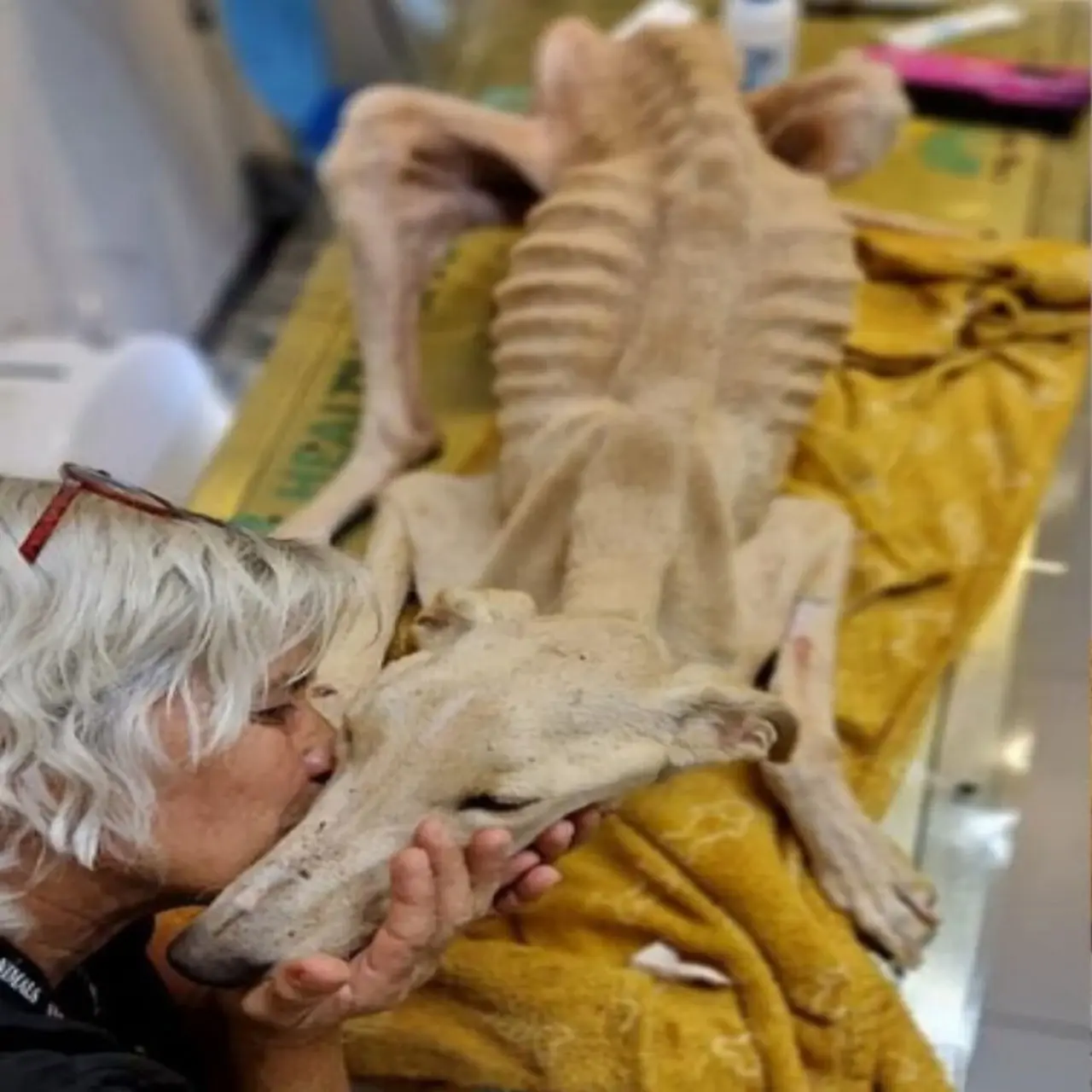
TerrIfying Study Links Everyday Household Chemical to Over 350,000 De@ths Worldwide
Experts urge immediate global action after new data uncovers staggering cardiovascular risks tied to everyday plastic-softening chemical.
Jeans are one of the most widely worn and instantly recognizable clothing items in the world. From casual Fridays to fashion runways, their versatility and durability have made them a wardrobe essential for people of all ages and backgrounds. But even as millions slip into their favorite pair daily, most people will go their entire life without ever knowing why there's a small pocket inside your jeans pocket.
That tiny inner pocket—usually found tucked neatly into the front right pocket of most jeans—often goes unnoticed or is simply used to store coins or small trinkets. But its story runs much deeper and dates back to the 1800s.
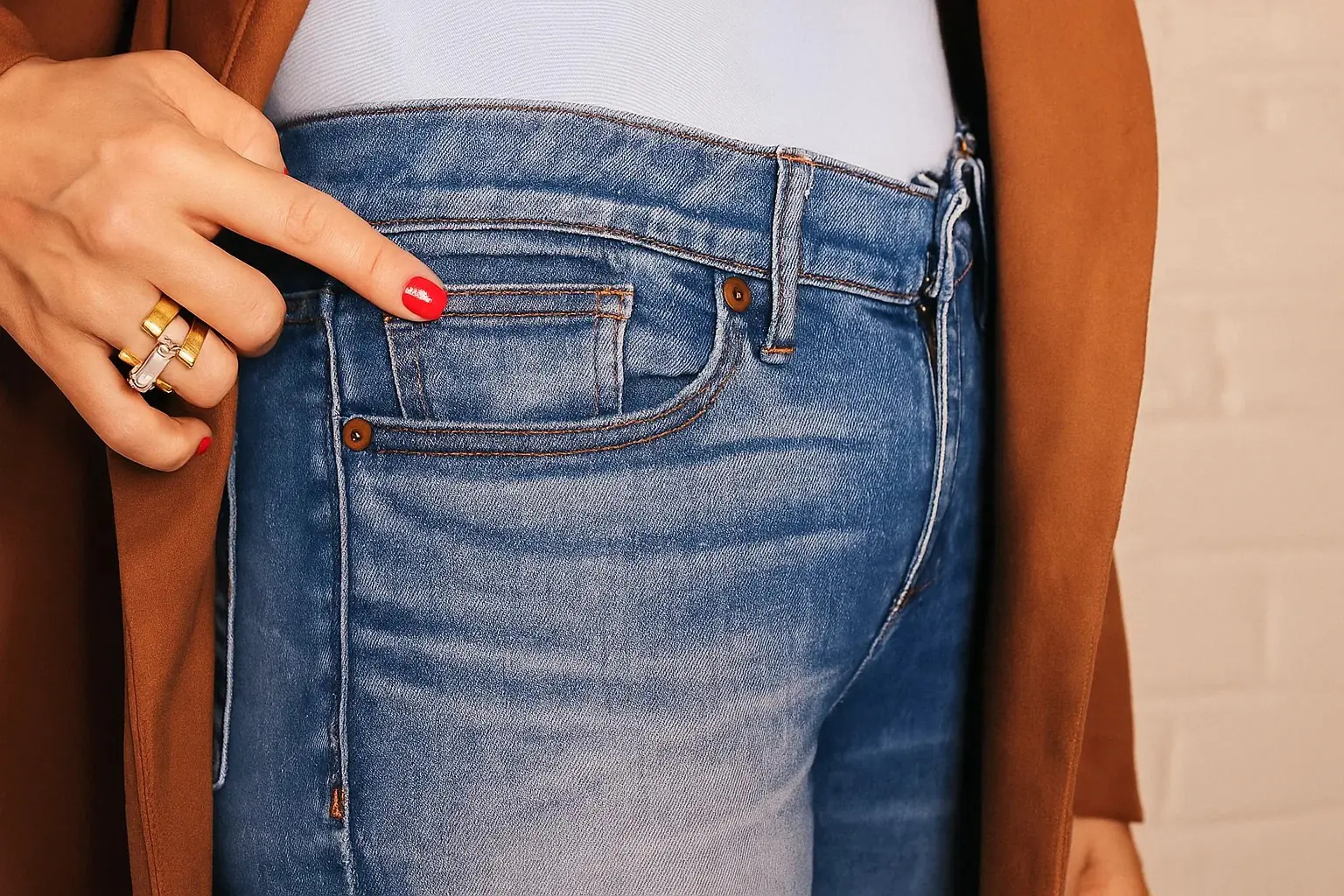
A Practical Invention from a Rugged Era
The origins of jeans can be traced to the American West in the 19th century, when there was a strong demand for durable clothing for miners, railroad workers, and cowboys. Jeans were originally workwear designed to endure the toughest conditions, crafted from sturdy denim and reinforced with rivets for extra strength.
The innovation was the brainchild of Jacob Davis, a tailor, and Levi Strauss, a German immigrant and dry goods supplier. Their collaboration gave birth to the iconic denim trousers we now know as jeans. The use of indigo dye not only provided that classic blue color, but also helped mask stains—an important feature for laborers.
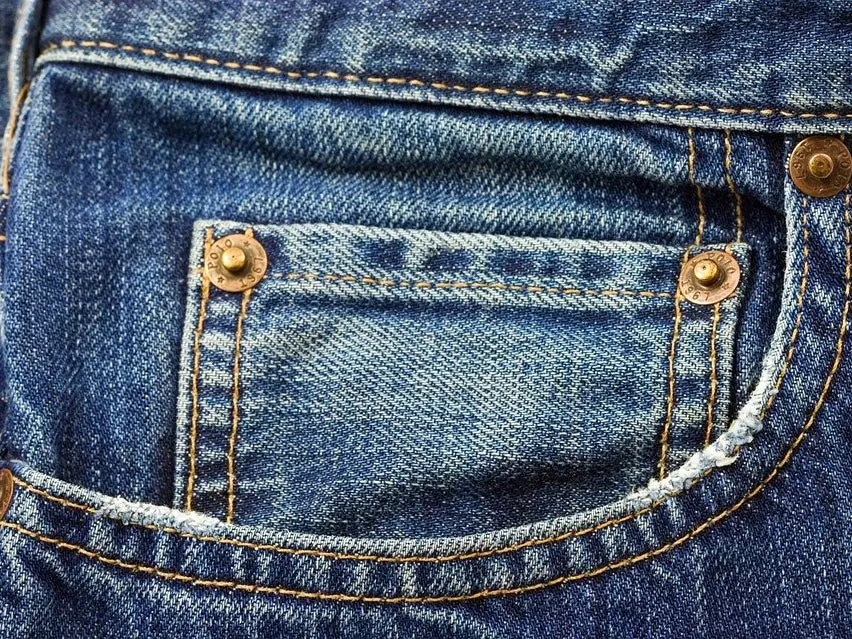
The Birth of the Tiny Pocket
As utilitarian as jeans were, every feature was intentional—including the tiny inner pocket. Designed as a pocket watch compartment, it offered a snug, secure place for 19th-century men to safely stow their most prized possession: the pocket watch.
These watches were often attached to a chain and worn on a vest, but for men in the working class, wearing a vest wasn’t always practical. So this tiny pocket became a smart alternative. It kept the watch from getting scratched or damaged during hard labor and also helped prevent it from getting tangled with other tools or objects carried in larger pockets.
Levi’s has confirmed the original purpose in their own company documentation, stating that “the watch pocket was first added in the late 1800s to protect pocket watches, which were a popular item at the time.”
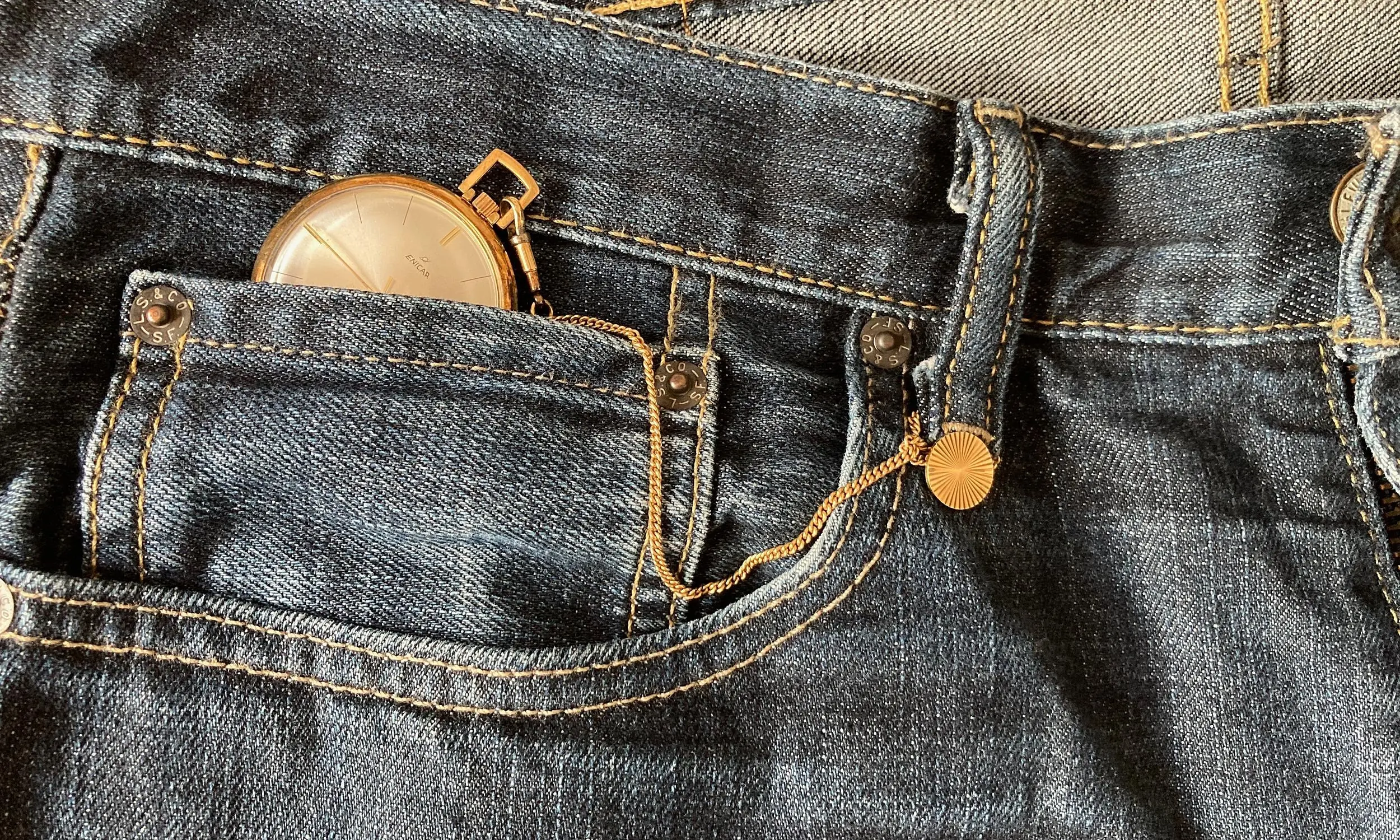
Symbolism and Legacy in a Changing World
As fashion evolved, so did the use—and the meaning—of jeans. In the 1950s, jeans shifted from utilitarian gear to cultural symbol, thanks in large part to figures like James Dean and Marlon Brando, whose rebellious personas captured the imagination of an entire generation. Jeans became a visual shorthand for defiance, youth, and nonconformity.
Even as the functionality of many design elements faded with time, that tiny watch pocket remained. No longer essential, it evolved into a symbolic feature, a nostalgic nod to jeans’ humble beginnings. Despite no longer serving its original purpose, it became an enduring aspect of denim design, bridging the past and present.
Modern Uses and Adaptations
Today, you’re unlikely to find someone carrying a pocket watch. Yet, the mini-pocket still finds practical use. People often store coins, USB drives, keys, concert tickets, lighters, or even guitar picks in it. Some even use it as a small hiding spot for emergency cash.
Designers continue to include this small pocket in both men’s and women’s jeans—not out of necessity, but as a subtle tribute to the rich heritage of denim. “Even though it’s rarely used for its original purpose, it stands as a reminder of craftsmanship and functionality,” says fashion historian Lucy Hargrove. “In an era where fashion often prioritizes appearance over function, this little pocket offers a quiet story of purpose and design.”
Why It Matters Today
In the age of fast fashion, details like the tiny jeans pocket offer a glimpse into the origins of clothing we often take for granted. It shows how form once followed function—and how some traditions endure, not because they are needed, but because they matter.
This little feature has survived massive cultural, technological, and social shifts. From gold mines to boardrooms, from rebellion to runway, jeans have remained relevant for over 150 years—and so has their tiniest detail.
So, next time you reach into your front pocket and feel that tiny stitched compartment, remember: it’s more than just an extra flap of fabric—it’s a small but mighty piece of fashion history.

Experts urge immediate global action after new data uncovers staggering cardiovascular risks tied to everyday plastic-softening chemical.

It’s not often that something enjoyable turns out to be good for your health - but in this case, it just might be.














Whether you’re seeking better digestion, reduced joint pain, improved heart health, or simply a more vibrant sense of well-being, ginger is a natural, accessible, and powerful way to care for your body.




Experts urge immediate global action after new data uncovers staggering cardiovascular risks tied to everyday plastic-softening chemical.

It’s not often that something enjoyable turns out to be good for your health - but in this case, it just might be.








That evening, I relaxed on my couch, enjoying a glass of wine and feeling at peace. My high school crush no longer had any hold over me. I had grown, learned, and was ready to embrace the future. It felt good to be free from the past.
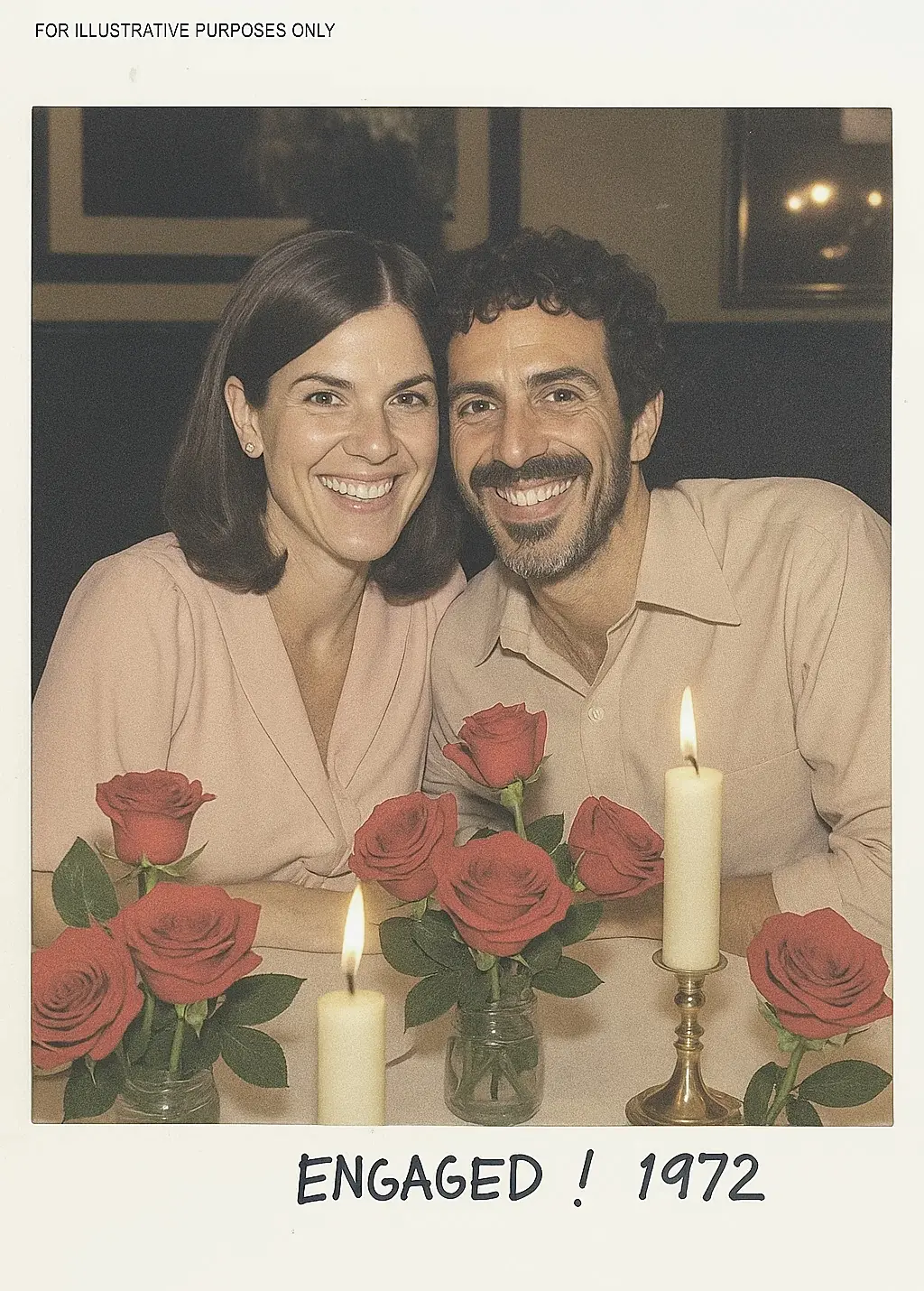
A woman declines her former love's invitation to reconnect 53 years after they parted ways. But after finding his old letters, she changes her mind—only to discover a surprising truth when she finally visits him.

For years after my parents’ divorce, my dad repeatedly put his new wife’s kids ahead of me. One day, I decided to stop pretending it didn’t matter. Let’s just say, he wasn’t too happy about it.






